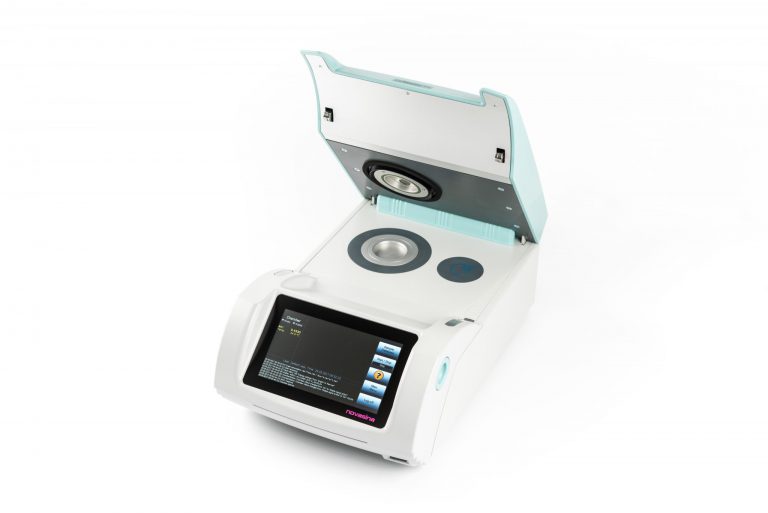When you are responsible for the quality and shelf life of food, pharmaceuticals, cosmetics or animal feed products, the Aw value (water activity) is a very important parameter because it shows you the likelihood of fungal and bacterial growth. However, simply measuring and reading off the Aw values is not enough to guarantee either quality or shelf life. Indeed, there is another key factor. We have set out exactly what that it is and what you can do about it so you can be certain about your product’s quality.
How temperature affects Aw value
As well as measuring the Aw value (water activity) of your products, the temperature at which the measurements are taken is critical. If you want to guarantee the quality and shelf life of your products, it is important to realise that the amount of free water in the product changes as the temperature rises or falls.
Suppose the temperature is higher on one day than on the next (e.g. because it is warm outside and the temperature in your laboratory rises accordingly). The Aw value could be lower so it would appear that your products have a different shelf life than those measured on a cold day. Which measurement can you rely on?
Guarantee of quality and shelf life
As a quality assurance or R&D assistant, you simply cannot accept these uncertainties, so it is vital that whenever and wherever you take the Aw readings, the temperatures are the same. This applies whether you are in a factory, an office or another laboratory, and whether it’s a harsh winter or sweltering summer…. The measurements must always be taken at the same temperature if you are to guarantee the quality and shelf life of your products. You will also minimise the likelihood of being unable to deliver products, or even worse, having to recall them. It is also true that for many products, there is a European requirement stating that the Aw value must always be measured at the same temperature (for meat products, for example, this is 25 degrees Celsius). So now you know why!
About the Aw value
Aw value (water activity) tells us the amount of free water contained in a product. It can therefore tell us the likelihood of mould and bacterial growth. Mould and bacterial growth can occur at 0.6 Aw or higher. As well as being used in the food industry, the Aw value is also a key parameter in the pharmaceutical, cosmetic and animal feed industries. It is measured using special Aw meters. Novasina Aw meters are popular due to their high level of accuracy and the temperature stability of their measuring chambers. This is important because, as we have already seen, we need to be certain that the temperature is always the same wherever the measurement is carried out.
Insight through facts
The reason we are explaining this is that we simply don’t believe in guesswork or half-truths. We would rather gain understanding from empirical evidence. This is all explained during our regular Aw symposia and webinars. Please contact us for individual advice.


